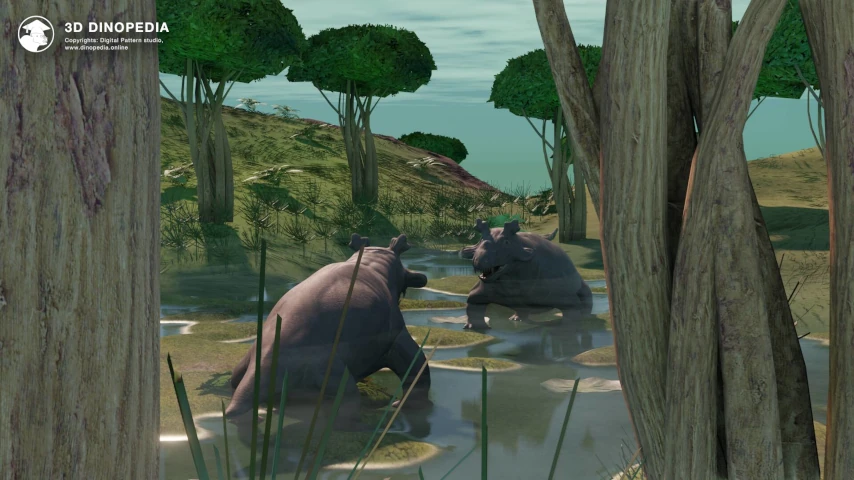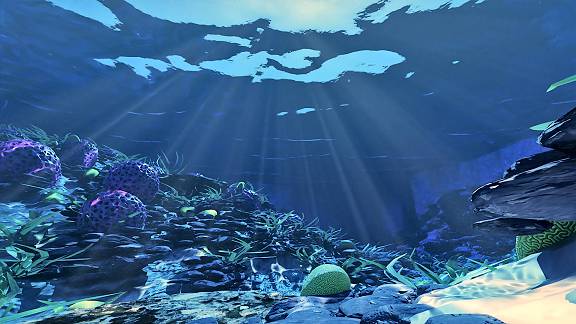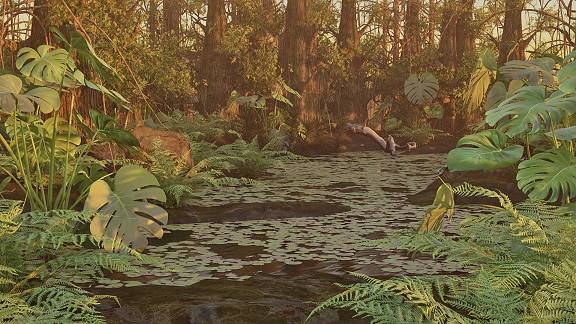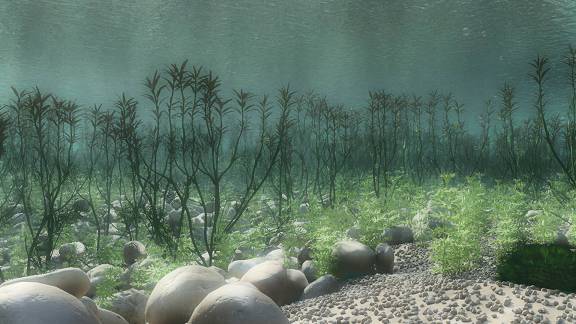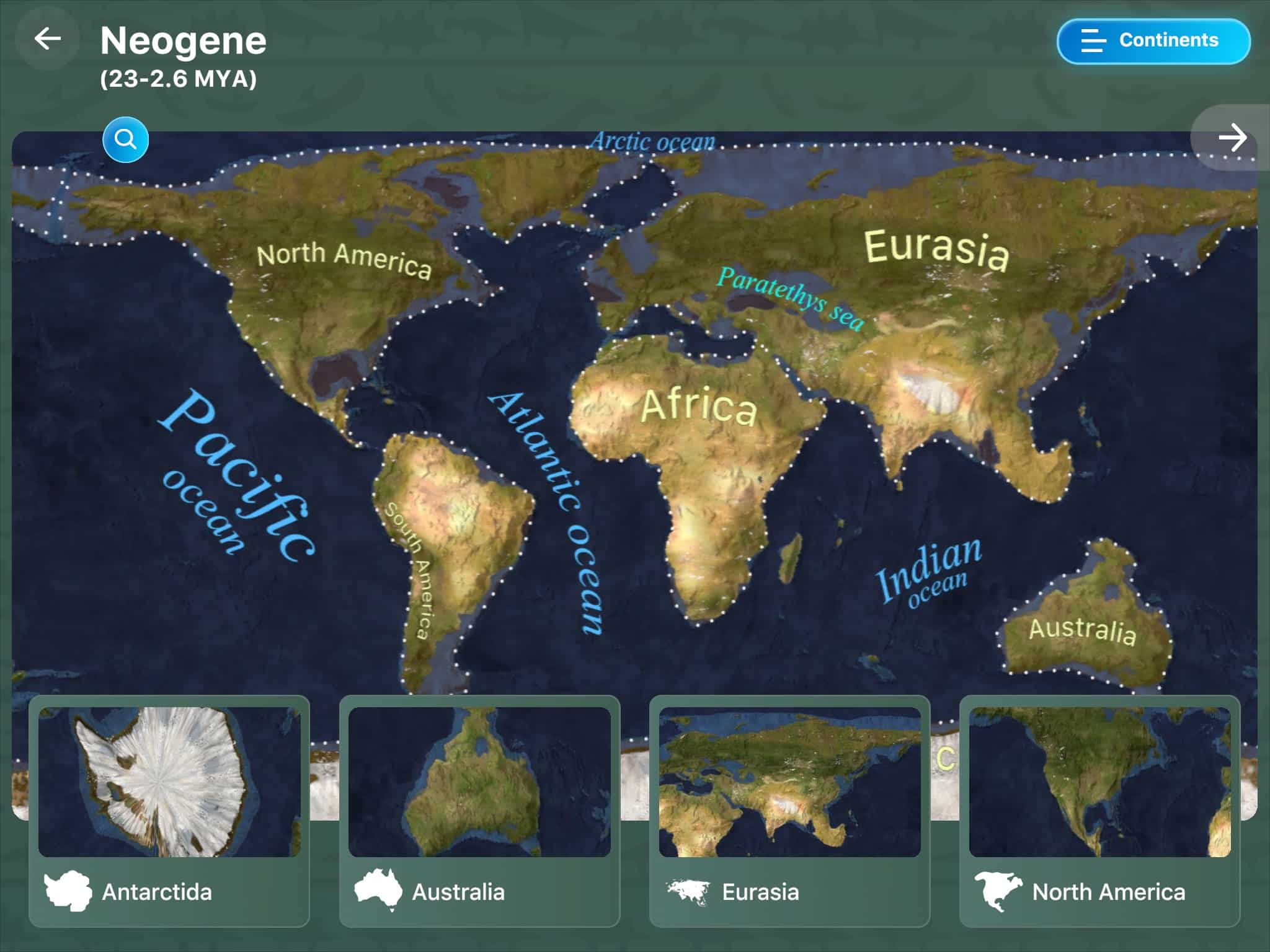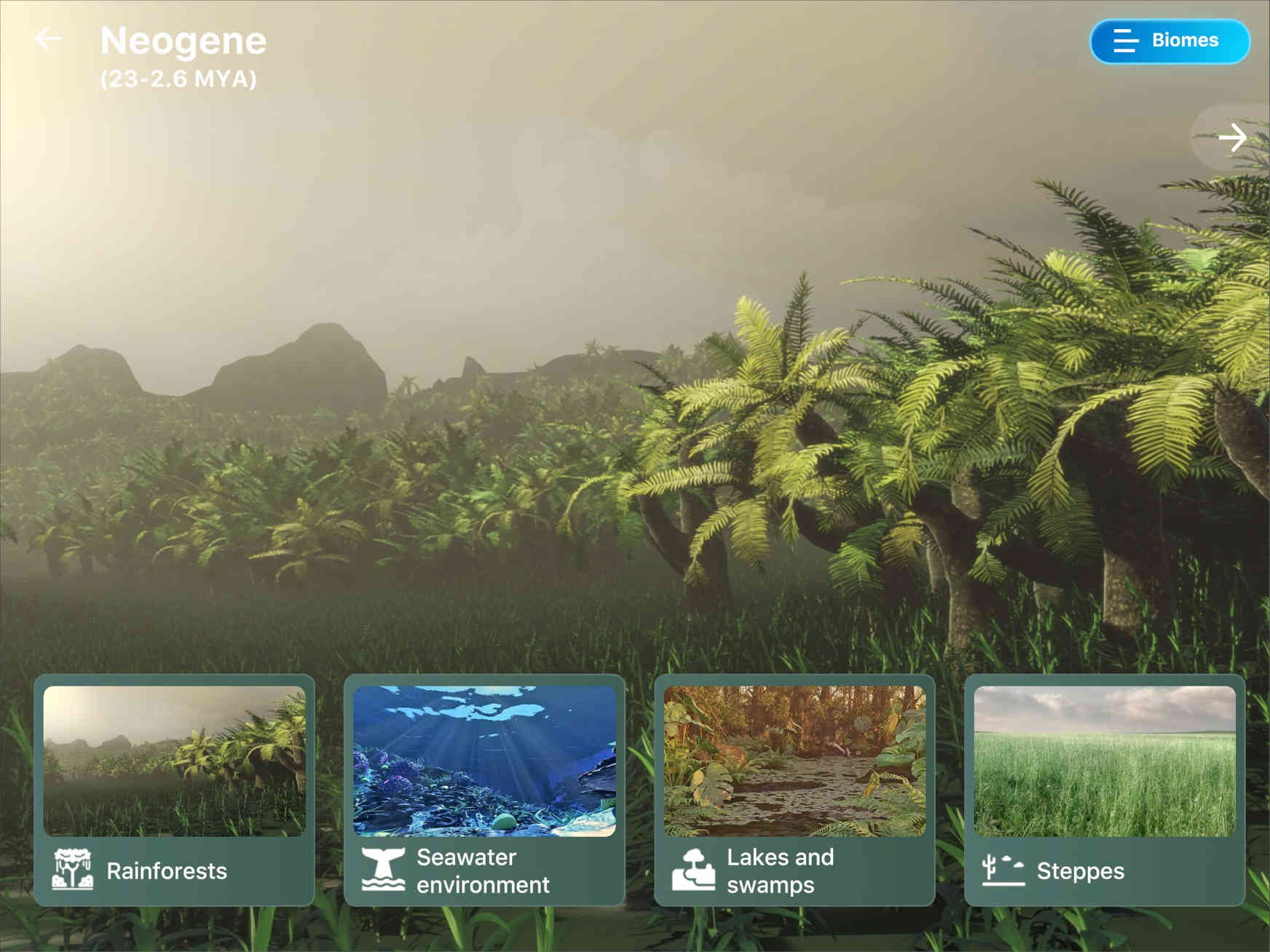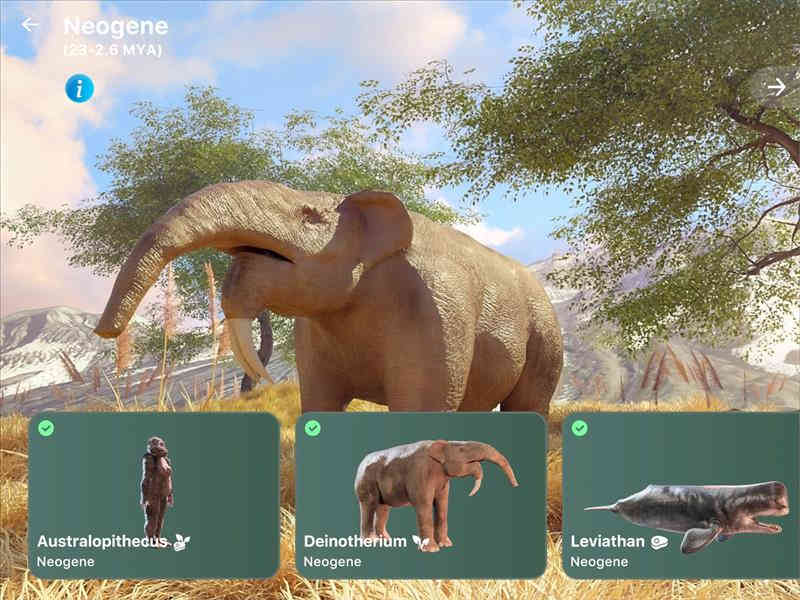Floodplains

River floodplains are expansive plains located along rivers. In these territories, the river may overflow during floods.
In river valleys, parts of the riverbed with stagnant water - old river channels - can remain after the river changes its course. Some of these old river channels turn into separate lakes or swamps. Sometimes, parts of the soil along the riverbanks also become boggy. Because of this, the animal and plant life of river floodplains, lakes, and swamps may significantly overlap and even have common elements.
The main feature of river floodplains is their ability to retain a large amount of moisture. Moreover, silted soils are very fertile. This creates favorable conditions for plant growth and the existence of a high variety of animals.
Tree ferns, seed ferns, conifers (cordaites Cordaites), ginkgo (ginkgoales) (karkenia Karkenia), as well as herbaceous forms: mosses, horsetails (sphenophyll Sphenophyllum), ferns grew on the banks of ancient rivers of the Permia...
In river valleys, parts of the riverbed with stagnant water - old river channels - can remain after the river changes its course. Some of these old river channels turn into separate lakes or swamps. Sometimes, parts of the soil along the riverbanks also become boggy. Because of this, the animal and plant life of river floodplains, lakes, and swamps may significantly overlap and even have common elements.
The main feature of river floodplains is their ability to retain a large amount of moisture. Moreover, silted soils are very fertile. This creates favorable conditions for plant growth and the existence of a high variety of animals.
Tree ferns, seed ferns, conifers (cordaites Cordaites), ginkgo (ginkgoales) (karkenia Karkenia), as well as herbaceous forms: mosses, horsetails (sphenophyll Sphenophyllum), ferns grew on the banks of ancient rivers of the Permia...
 3D BIOMES
3D BIOMES
